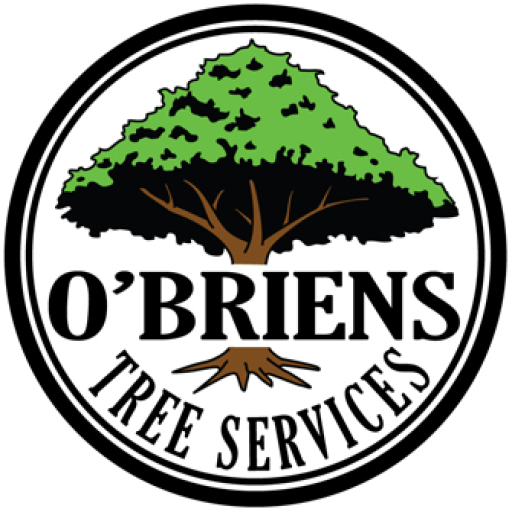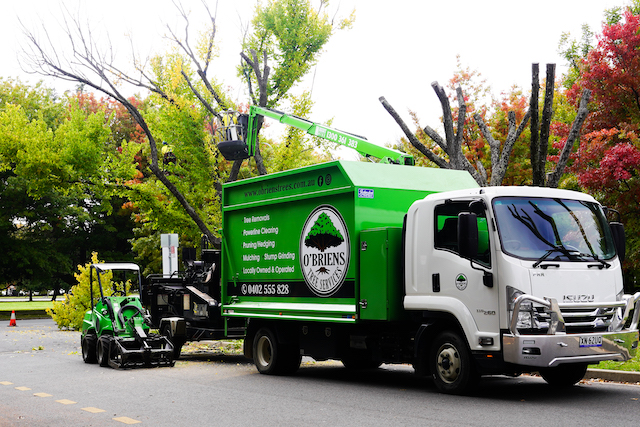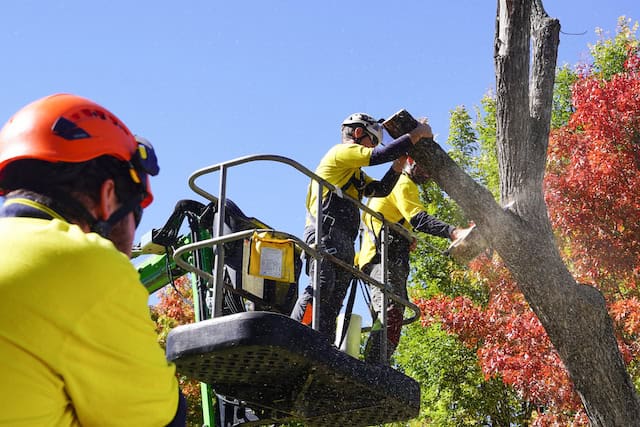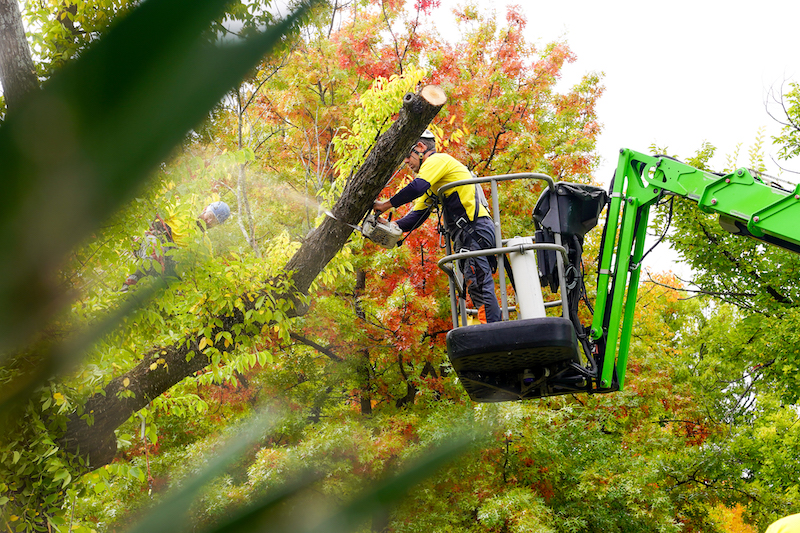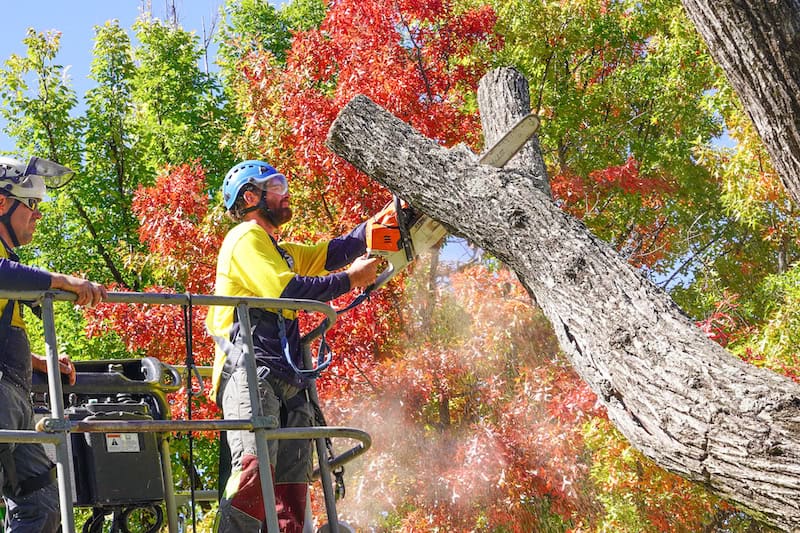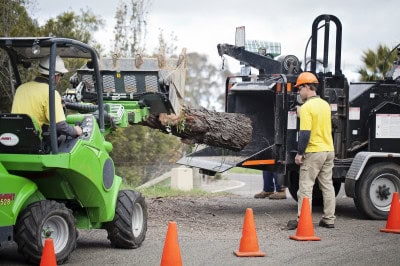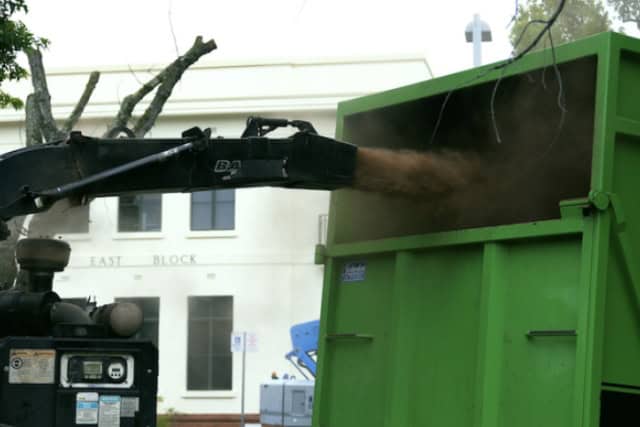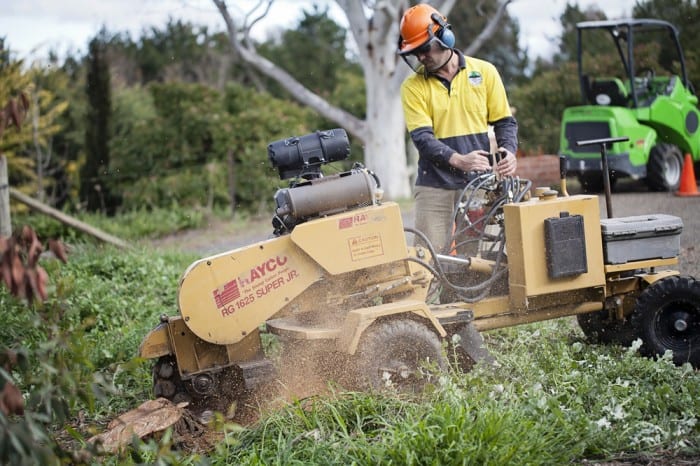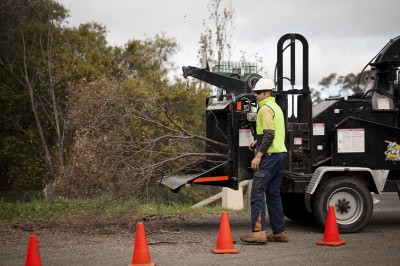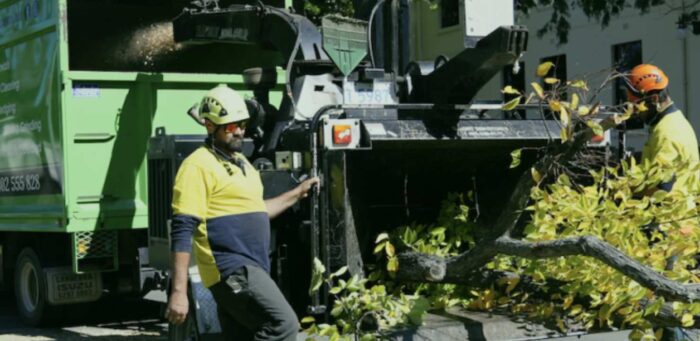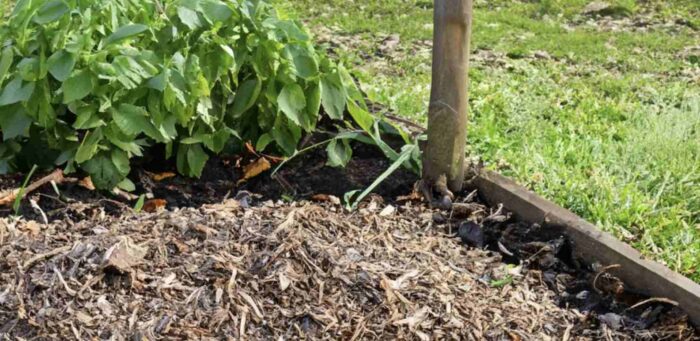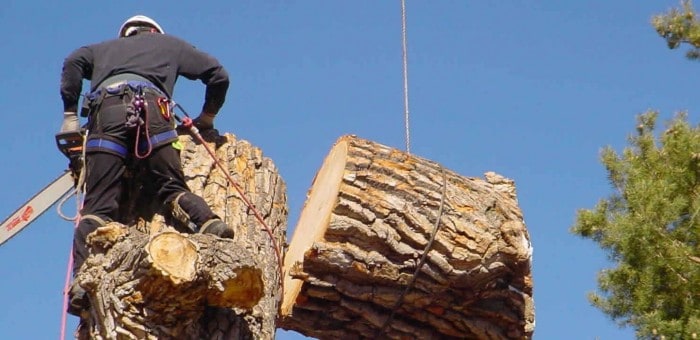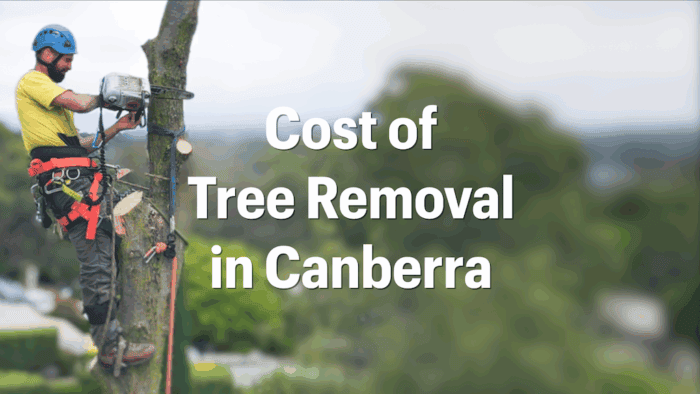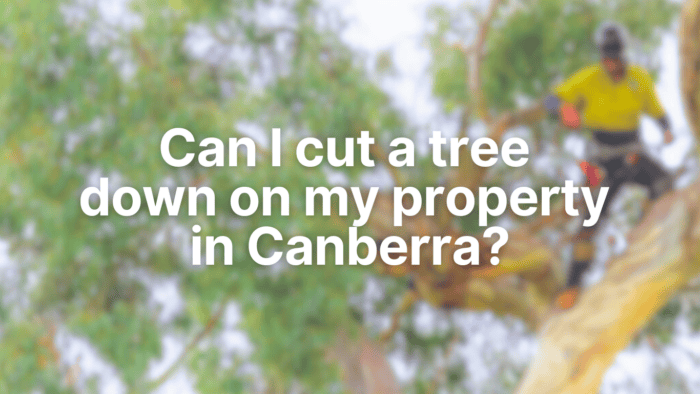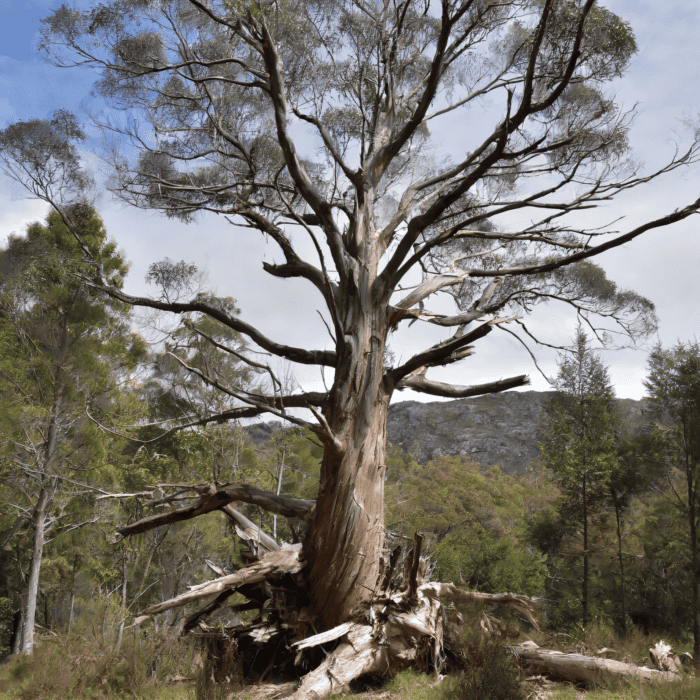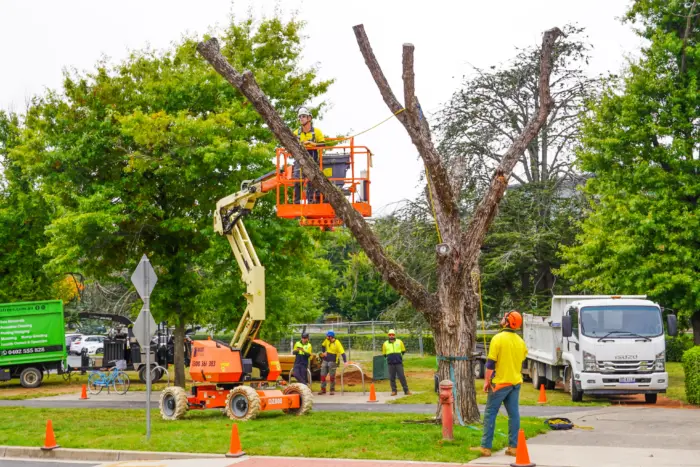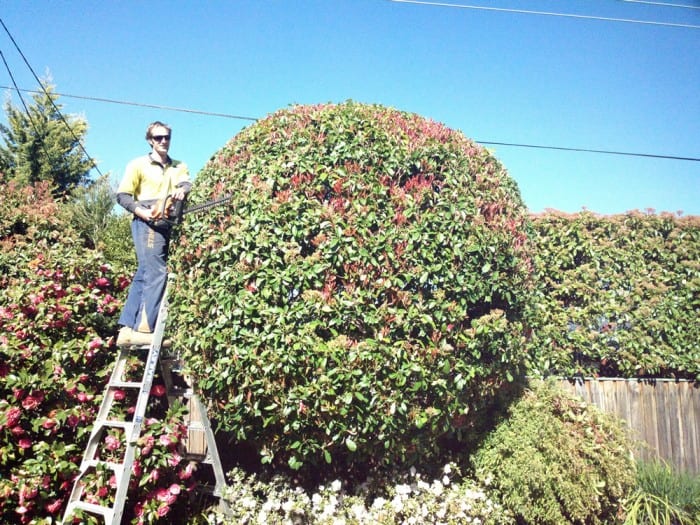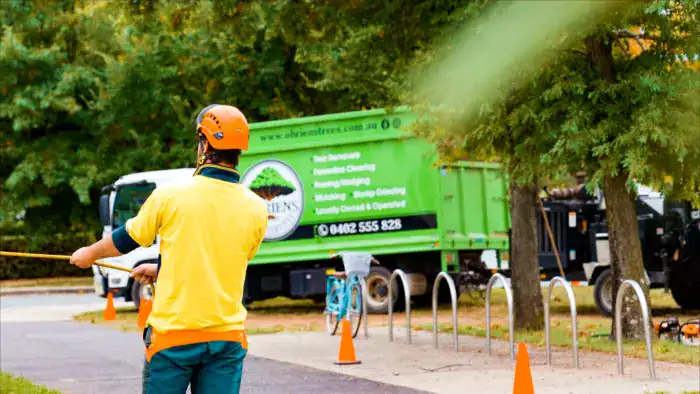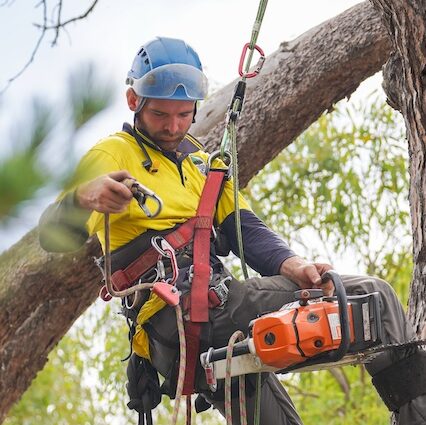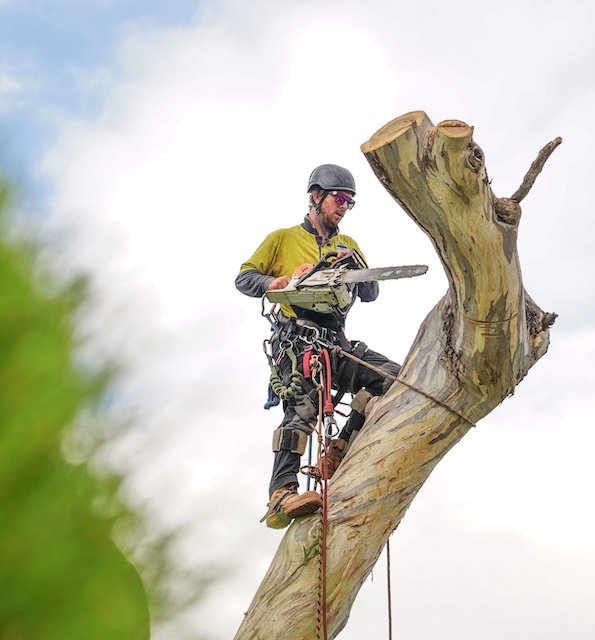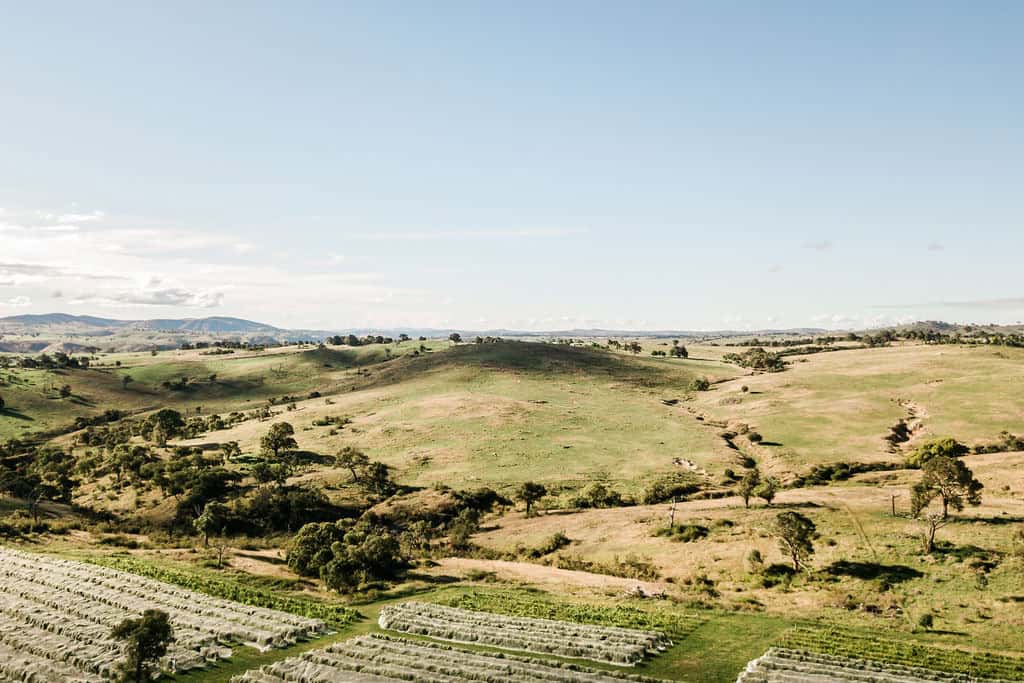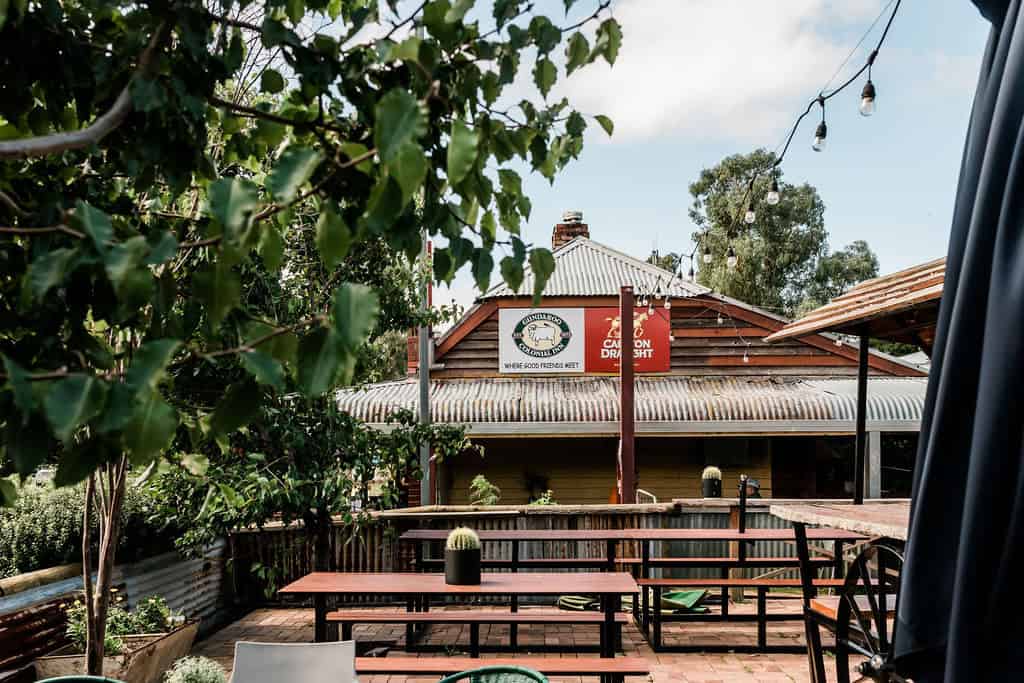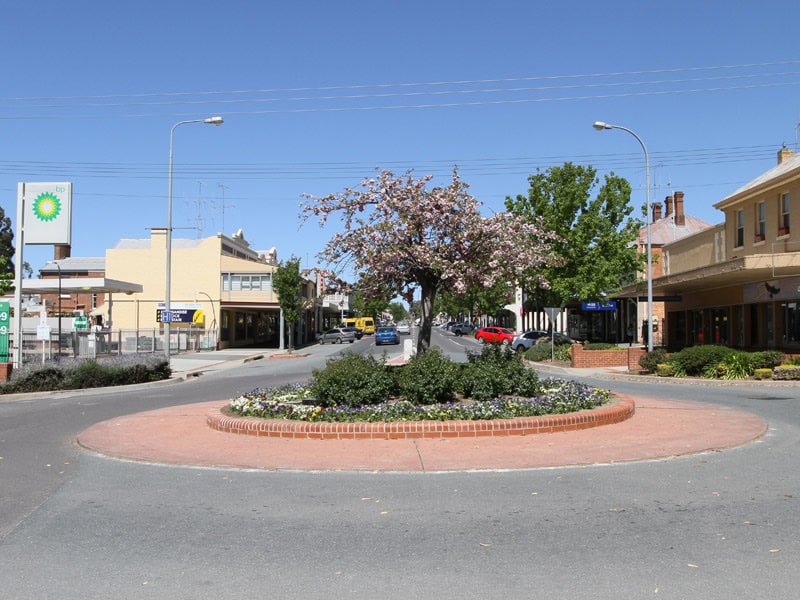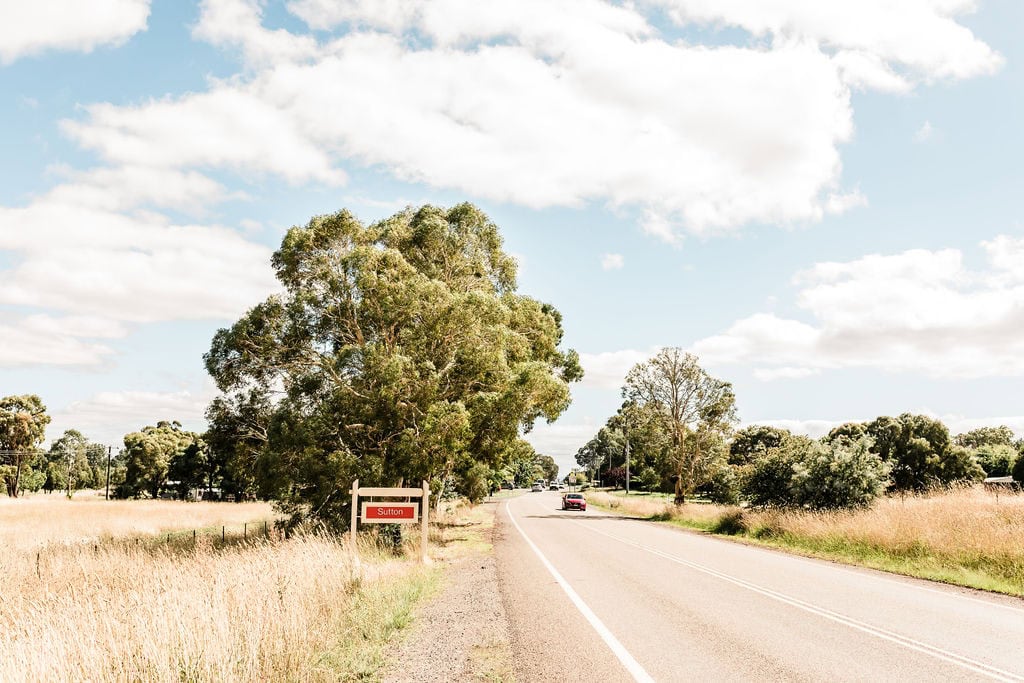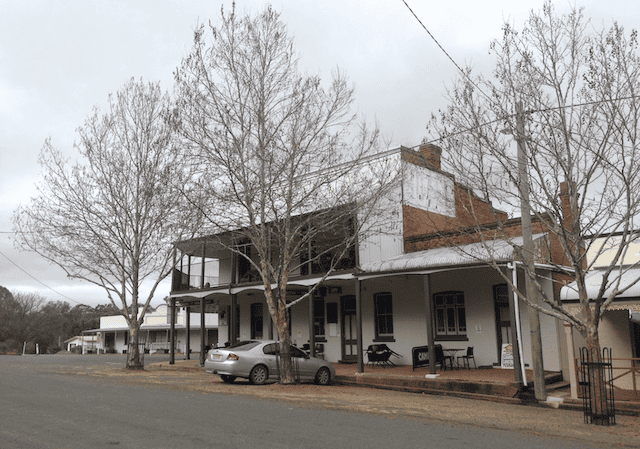Need Emergency Tree Services
Call now at (0402) 555-828
How to Keep Your Shrubs and Bushes Neatly Trimmed
Well-maintained shrubs and bushes can greatly enhance the look of your yard. However, knowing when and how to prune them can be tricky, leading many homeowners to ignore this task. Neglecting pruning can harm the plant’s growth, affect nearby plants, and ruin the look of your yard.
Here’s a simple guide on when and how to prune your shrubs and bushes.
When and How to Prune
Pruning involves removing limbs, leaves, buds, and roots from plants to shape them, improve their health, and increase their size or production. Start pruning when the plant is young to avoid opening it up to infection or stunted growth from removing large limbs later.
- Timing: Prune your plants any time of the year, but avoid pruning after new growth appears in the spring. Over-pruning can damage or kill your shrubs.
- Dead Branches: When removing dead branches, make cuts close to the centre of the plant and look for green shoots indicating new growth. Remove cut foliage and green shoots unless they are needed to fill gaps or thicken the foliage.
- Shaping: For shaping, make light, repeated cuts over a few months to train the bush to grow in a desired direction. Regular trimming of lateral branches encourages upward growth.
- Encouraging Growth: Pruning older branches can encourage denser, faster growth. Some large bushes can lose up to half their foliage in spring but will grow back thicker and more vibrant by summer’s end.
Pruning Tools
Using the right tools is crucial for effective pruning. Here are some basics:
- Hand Pruning Shears: Ideal for most bushes and shrubs, use anvil or scissor action shears for quick, clean cuts. If the branch is too thick, switch to larger shears to avoid damaging the plant.
- Lopping Shears, Hedge Shears, and Pruning Saws: These are for larger bushes or hedges. Hedges should be trimmed as needed, and always prune from the top down, making sure the top is thicker than the bottom.
General Tips
- If you’re new to pruning, start carefully. It’s better to make small, precise cuts rather than large, haphazard ones.
- When in doubt, consult a gardener or a local nursery. An overgrown plant is easier to fix than a dead one.
Keeping your shrubs and bushes well-trimmed not only enhances the beauty of your yard but also promotes the health of your plants. With regular maintenance and the right techniques, your garden can look its best all year round.
Remember, less is often more when it comes to pruning. Happy gardening!
CONTACT US FOR A FREE QUOTE
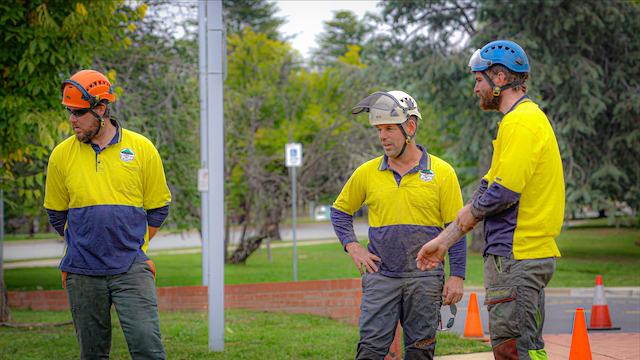
Experience the O’Brien’s Tree Services today!.
Contact us now for a FREE QUOTE and let our expert team meet your tree care needs. Reach out by calling 0402 555 828 or email us anytime to discuss your requirements.
TREE SERVICES CANBERRA
OUR CANBERRA TREE SERVICES INCLUDE:
WE ALSO OFFER A RANGE OF EXTRA TREE SERVICES
Testimonial
Arrived on time and did a fantastic job. Very happy, thanks guys.
I highly recommend O’Briens Tree Services as a highly professional and value- for-money tree removal company. T
hey undertook the work for me in Canberra. They were extremely professional, efficient and prompt every step of the way- from first contact, inspection, quote, providing the target date and arriving on the nominated day. I had one extremely large tree approved to remove and several smaller ones. They were a hardworking team and worked safely and effectively to do all that work, as well as chipping, removal of debris and stump removal. I was amazed how much they could get done in a day and how well they did it. Not only that, but they were considerably less expensive than other quote(s). I highly recommend them to anyone needing trees removed.
- Jane Morlin, resident of Canberra
The price was very reasonable for the size of the job.
Very easy to deal with. I would give them more than 5 stars if I could.
Will have them back for any future tree work and will recommend them to any family or friends looking for tree services.
Our Latest News
CONTACT US FOR A FREE QUOTE

